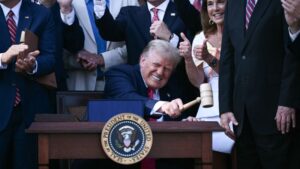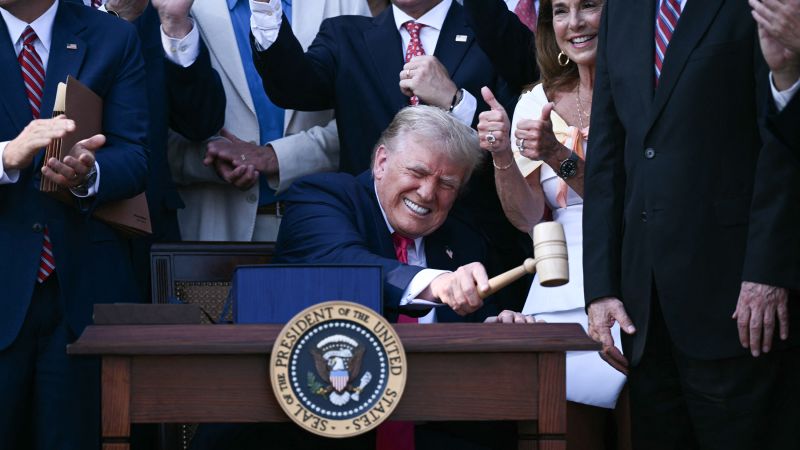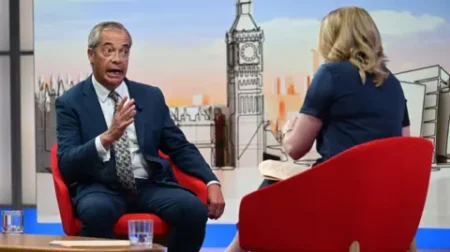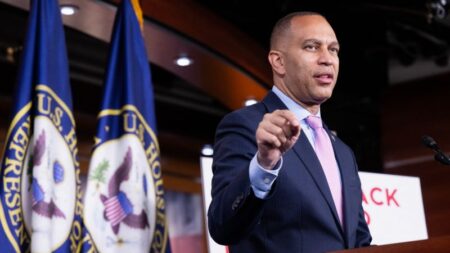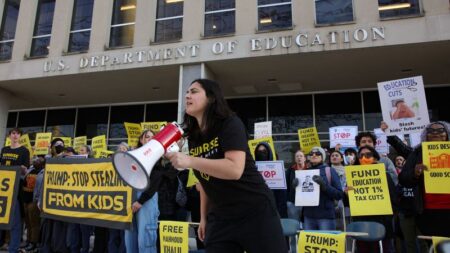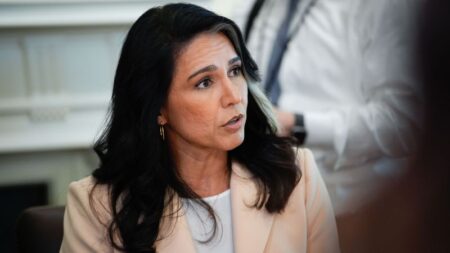The passage of a significant legislative package by the White House marks a pivotal moment in contemporary American politics, setting the stage for a challenging battle ahead. After six months of intensive negotiation and strategic maneuvering through Congress, President Donald Trump’s administration not only achieved the passage of a multitrillion-dollar bill but now faces the task of selling its merits to a skeptical electorate.
The complexities of this endeavor are immediately apparent. Despite being labeled as a “big, beautiful bill,” many voters are largely unsure of what it entails. Trump’s aides and allies recognize the urgency in converting public sentiment, especially as they gear up for the upcoming midterm elections next November. Their strategy includes deploying higher-ranking officials across the nation to showcase the supposed economic advantages embedded within the bill, a move deemed essential for maintaining Republican control in Congress.
White House officials have framed the midterm elections as a referendum on Trump’s economic agenda, one that they assert is designed to benefit American citizens financially. The effectiveness of this narrative hinges on public perception of economic improvement in households across the nation. Comments from Trump’s political advisers emphasize this point, highlighting the necessity for the populace to feel an enhancement in their financial situations. Should the public perception tilt towards economic dissatisfaction, the implications could be detrimental, not just for the administration but also for the Republican party’s credibility.
As lawmakers moved quickly to pass Trump’s domestic agenda, the urgency of the campaign to hype the bill illustrates the scant time available for public education on its contents. Polling data suggests that the nation’s understanding of the bill leans heavily towards negative sentiment. This misinformation crisis presents a significant hurdle as voters remain apprehensive that the legislation, rumored to contain sweeping cuts to essential programs like Medicaid, might diminish their quality of life rather than elevate it.
Republican strategists have highlighted the need for a refined approach as they seek to spotlight the bill’s more favorable aspects, sidestepping more contentious elements. It appears that GOP leadership is urging lawmakers to customize their messaging according to the interests of their constituents, allowing them to establish a narrative aligned with local priorities. For example, the messaging surrounding energy dominance might be especially pertinent to states that rely heavily on coal and gas, whereas border security may resonate more in districts keen on immigration policies.
However, the Republican party is cautiously aware of the narrative surrounding Medicaid cuts, which could undermine their efforts significantly. While they may possess majority support for certain measures in the bill, public perception might not align, especially amongst vulnerable populations in rural and small-town areas who are heavily reliant on these welfare programs.
In this effort, Vice President JD Vance has begun engaging key districts, urging community members to converse about the positives of the package. This grassroots approach, aimed at reframing potentially negative narratives, is symptomatic of a broader strategy whereby the administration hopes to mitigate backlash against its Medicaid reforms by focusing on popular tax cuts and energy initiatives.
Nonetheless, doubts remain within the GOP regarding the speed and effectiveness with which they can shift public opinion in their favor. Recent polling indicates a growing advantage for Democrats, particularly relating to voter motivation and engagement levels. Given these factors, Republicans are grappling with the daunting reality that merely relying on the passage of this substantial bill may not be sufficient to secure victory in the upcoming elections.
Moreover, the challenge escalates with internal distractions stemming from broader issues within the Trump administration, including controversies surrounding figures like the Federal Reserve Chair and handling of other political matters. These distractions could jeopardize concentrated efforts to promote the legislative agenda.
As they navigate this tumultuous landscape, the White House faces further decisions—whether to pursue additional legislative packages or spending cuts, each carrying its own implications for public perception. Budget hawks within Congress express enthusiasm for further economic prudence, but recent history suggests that such moves could incite backlash among constituents who have already expressed worry over cuts to essential services.
Ultimately, the Republican party finds itself at a crossroads, grappling with how best to communicate the benefits of their “big, beautiful bill” while contending with unfavorable public sentiment and formidable opposition. As the coming months unveil new challenges and opportunities, the ability to effectively harness public communication regarding the legislation will likely determine not only the trajectory of this legislative effort but also the future political landscape.



